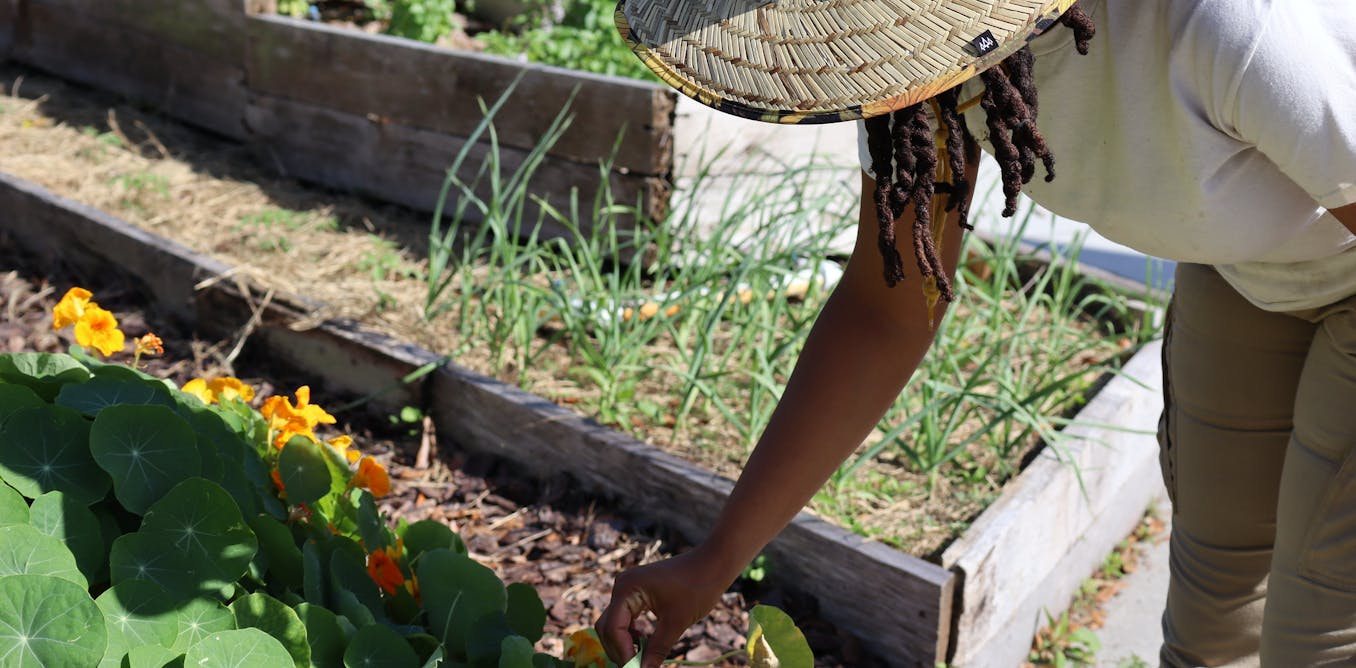City Blooming Things To Know Before You Get This
City Blooming Things To Know Before You Get This
Blog Article
Little Known Questions About City Blooming.
Table of ContentsLittle Known Questions About City Blooming.The City Blooming IdeasIndicators on City Blooming You Should KnowFascination About City BloomingThe Ultimate Guide To City Blooming
Fascinated in expanding food for sale in the City of Chicago? Below is a checklist of regularly asked concerns relating to the regulations and regulations that cultivators ought to think about when planning a metropolitan agriculture job.
The zoning change does not change any various other codes dealing with composting, building licenses, purchasing or leasing City possessed residential or commercial property, business licenses or environmental contamination. There are existing codes that control these concerns and they stay in full effect and may apply to your job. Community yards are commonly possessed or taken care of by public entities, civic companies or community-based companies and kept by volunteers.
Urban farms grow food that is meant to be marketed, either on a not-for-profit or for-profit basis. Due to their industrial function, metropolitan ranches need a company license.
The Best Guide To City Blooming
The quantity of garden compost material can not surpass 25 cubic backyards at any type of provided time according to the requirements in 7-28-715 of the City's Municipal Code. Because the dirt at many new yard websites needs changing, garden compost, dirt, wood chips, or other materials can be gotten to construct or improve the expanding space.

If a structure permit is called for after that the hoophouse will certainly be considered an accessory structure. You can discover out even more concerning the structure license demands by speaking to the Division of Structures. The 25,000-square-foot dimension restriction is intended to prevent a solitary neighborhood garden from controling a provided block or interfering with the block's existing property or industrial personality.
The restriction does not apply to yards situated in Public Open Space (POS) districts. Can there be more than one neighborhood yard that is 25,000 square feet on a single block? Fencing is not called for, however, gardens that have huge parking locations might be needed to mount fencing or various other landscape design features.
City Blooming Fundamentals Explained
B1 & B2 districts require that all business usage tasks be carried out inside. Is secure fencing needed for metropolitan ranches? Fences may be called for, along with landscaping and testing, for specific vehicle parking areas and outside work or storage areas depending on location and the certain activity taking location.
Urban farms require building permits and zoning authorizations prior to building (urban gardening). Other types of city testimonial might be called for depending on certain frameworks, activities, size, landscaping, licensing, public health and stormwater monitoring problems.
Yes. The kind of license is figured out by what is taking place at the site. The Department of Service Affairs and Customer Security can help identify the specific kind of business permit that's called for. Yes. Off street auto parking is needed for the majority of industrial jobs in Chicago. The called for number of garage is based upon the number of employees dealing with site and not the square video of the growing area.
Some Known Details About City Blooming

A metropolitan ranch can sell compost material generated on website, nonetheless, the procedure needs to abide with the policies in 7-28-715 of the Chicago Municipal Code. Aquaponic systems are enabled inside on city ranches in many zoning areas.
As much as five hives or nests of honey might be kept as an accessory use. Beekeepers must register with the Illinois Division of Agriculture. For more details concerning the recommended zoning modification you may speak to the Division of Real Estate and Economic Advancement, Bureau of Preparation and Zoning at 312.744.8563.
Farming in cities and urban areas A city ranch in Chicago. Urban farming refers to different techniques of cultivating. https://packersmovers.activeboard.com/t67151553/how-to-connect-canon-mg3620-printer-to-computer/?ts=1719460146&direction=prev&page=last#lastPostAnchor, processing, and distributing food in metropolitan areas. The term also puts on the location tasks of animal husbandry, aquaculture, beekeeping, and gardening in a city context. Urban farming is distinguished from peri-urban farming, which happens in country areas at the edge of suburbs.
The 9-Minute Rule for City Blooming
It can involve an activity of natural farmers, "foodies" and "locavores", who look for to develop social networks based on a common principles of nature and area holism. These networks can establish by method of official institutional support, coming to be integrated into regional town preparation as a "transition community" activity for sustainable city advancement.
The much more straight accessibility to fresh veggie, fruit, and meat items that may be become aware through urban farming can boost food protection and food safety while lowering food miles, leading to lower greenhouse gas discharges, consequently adding to climate modification reduction. Several of the first proof of city farming originates from Mesopotamia.
Report this page